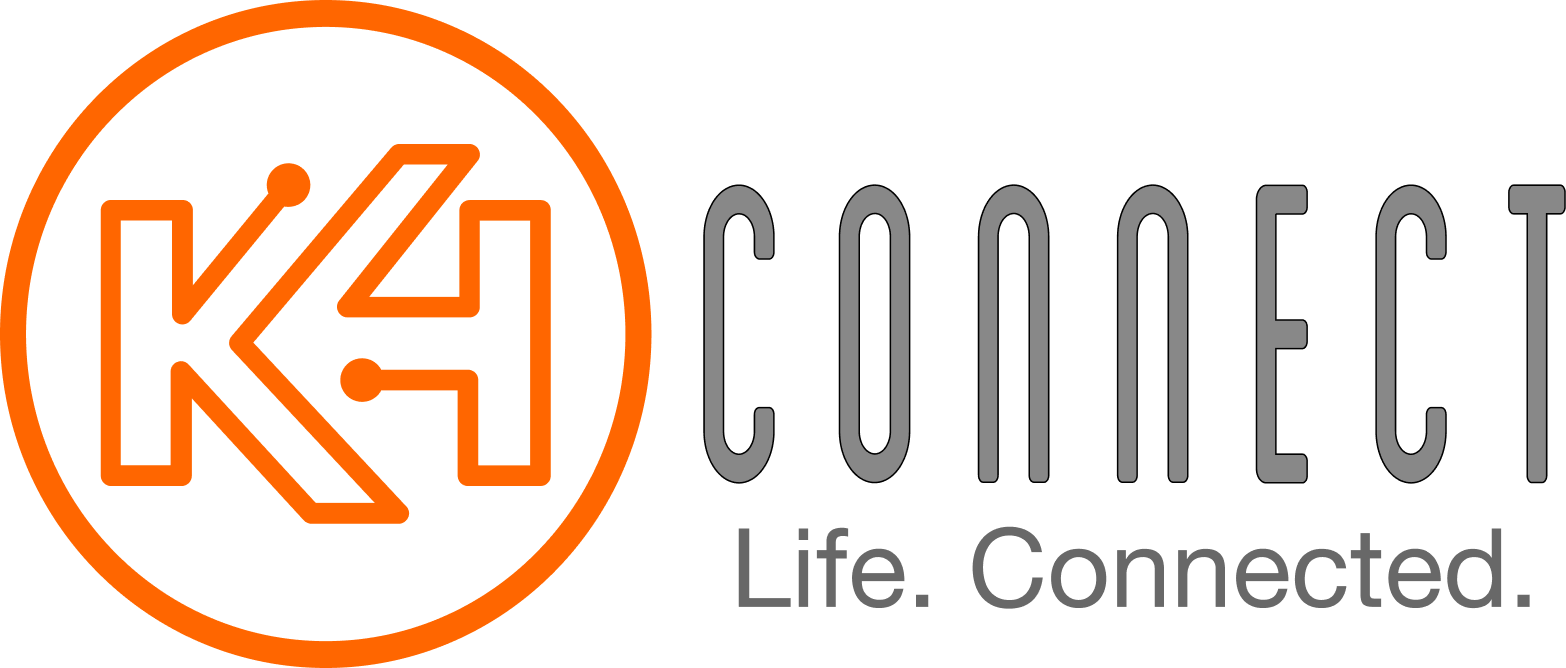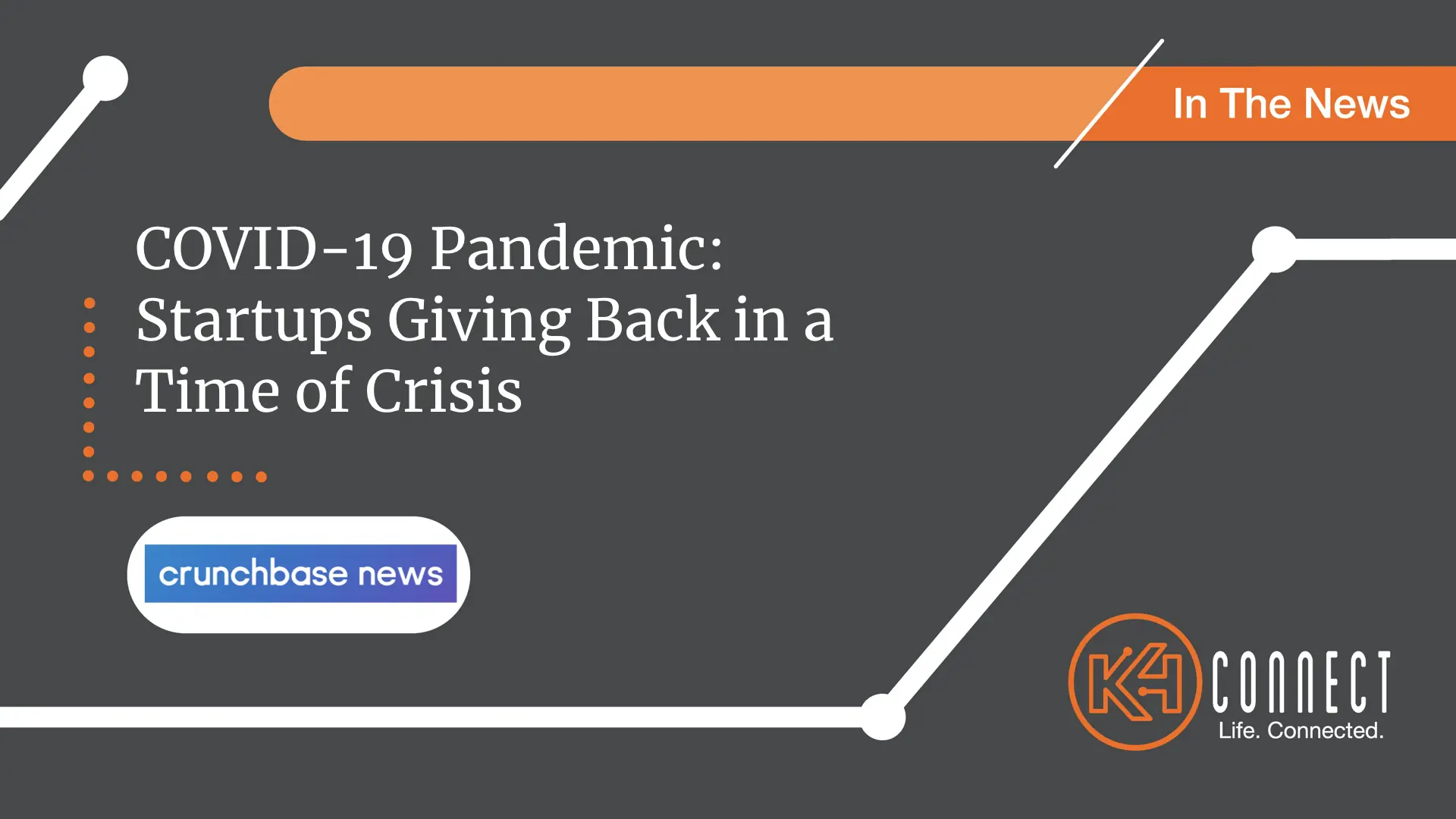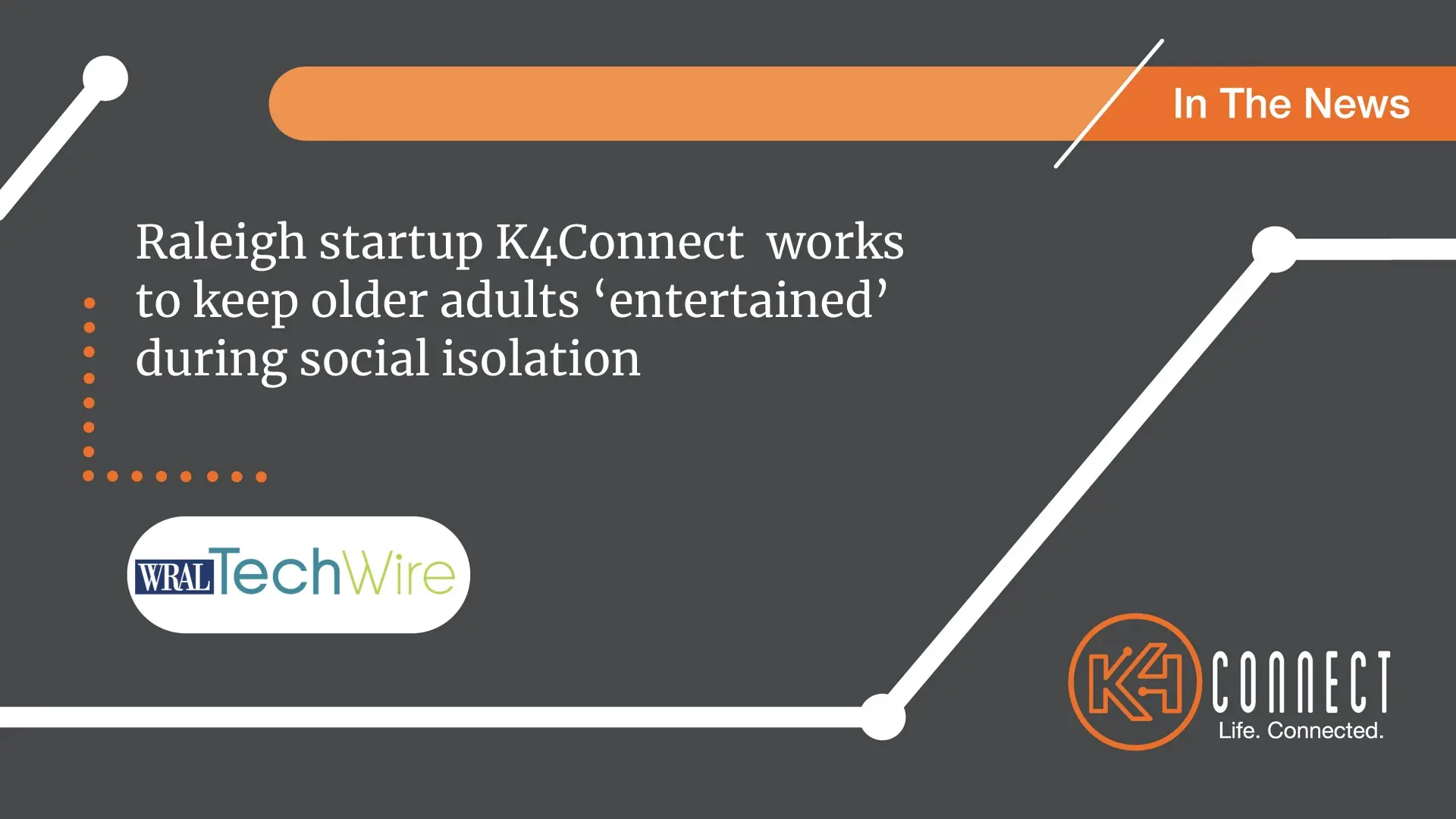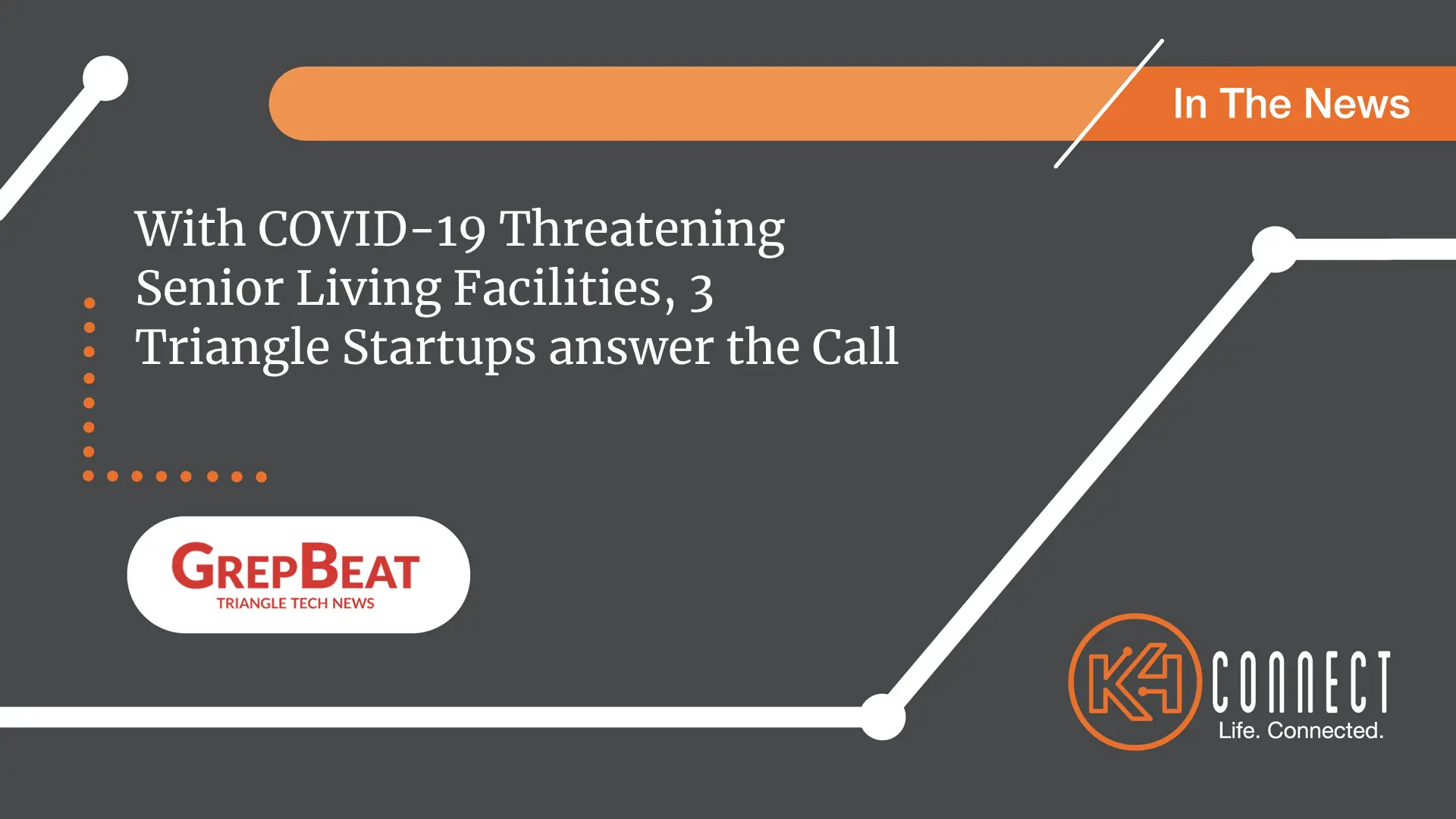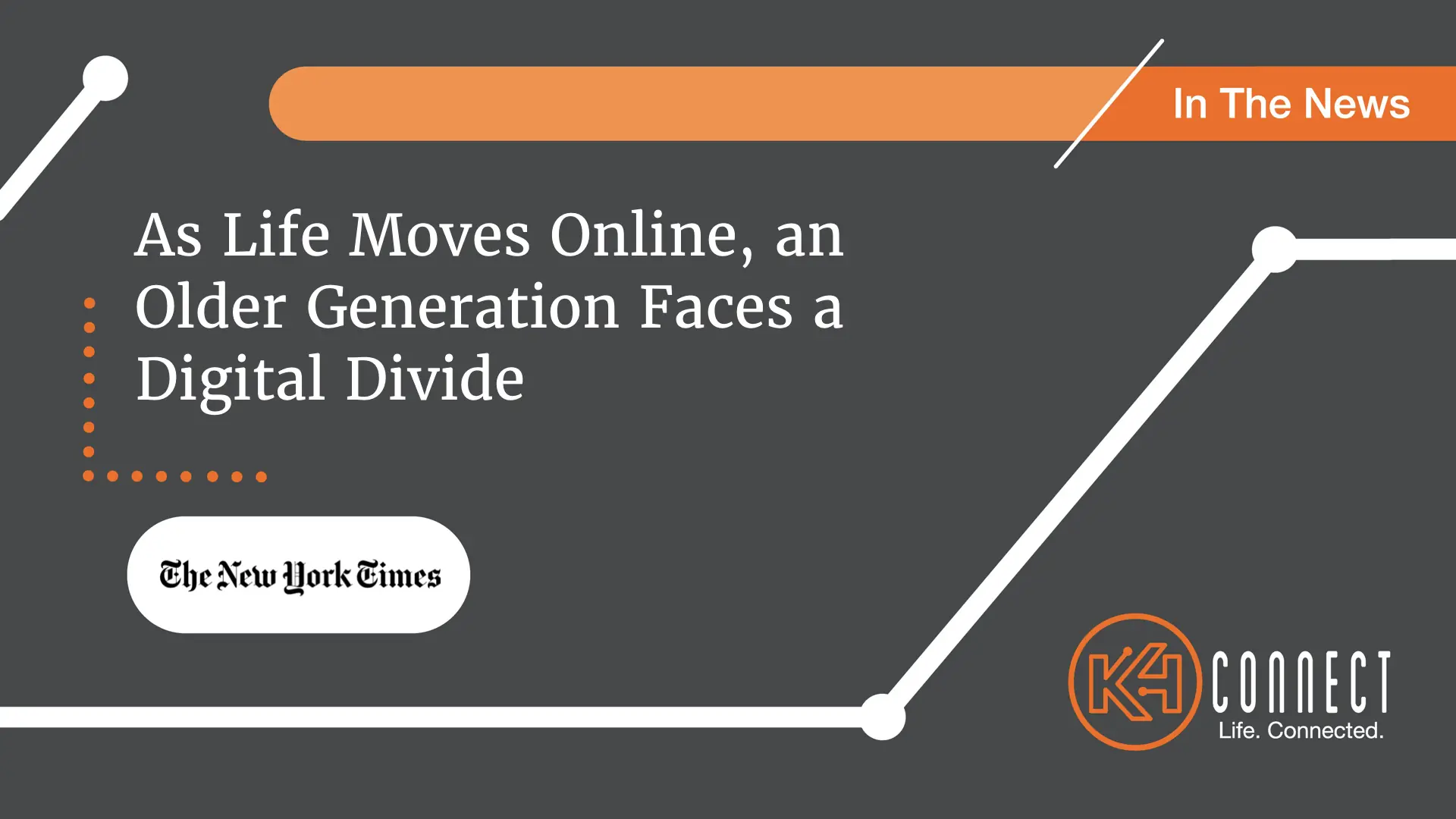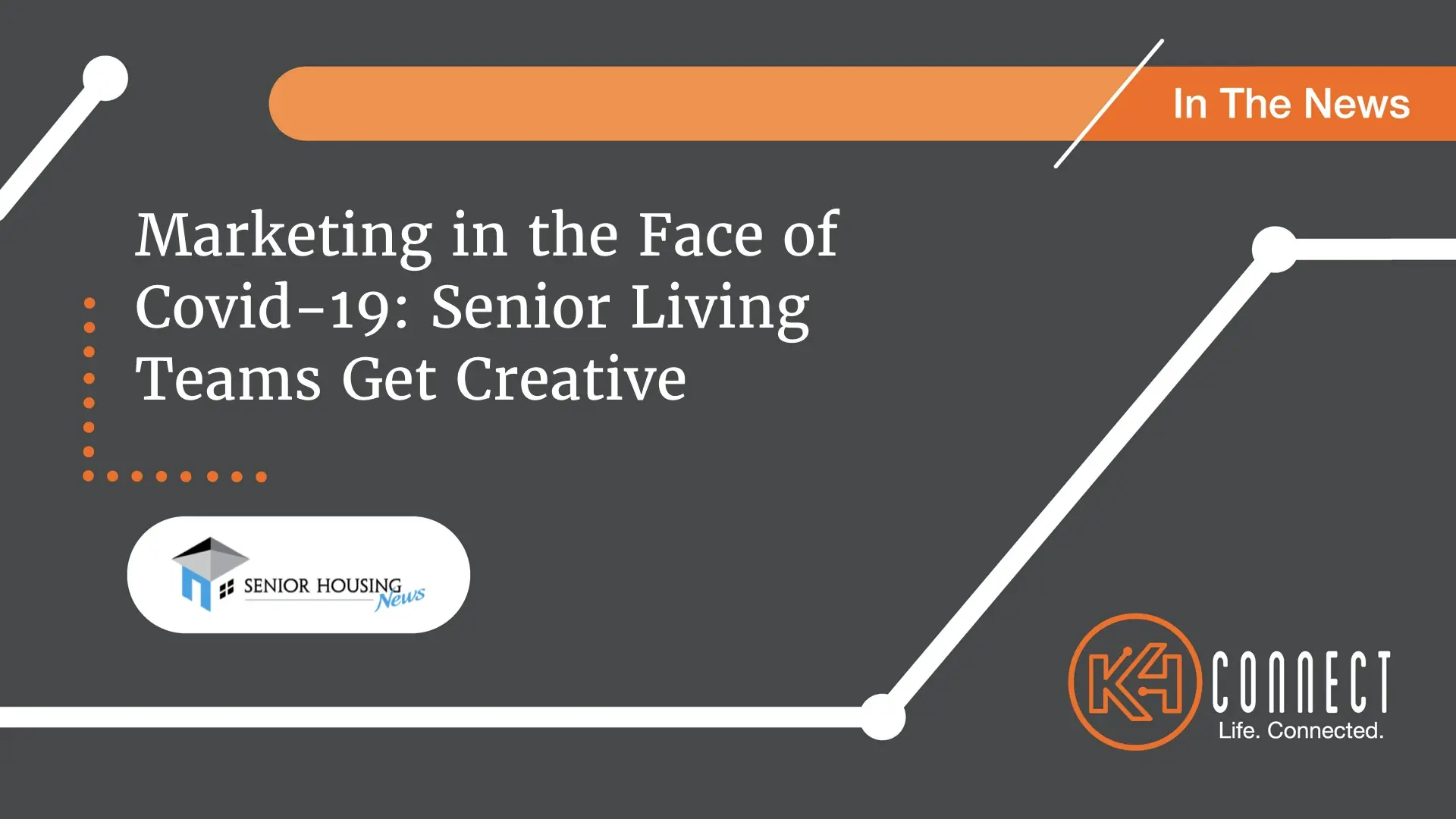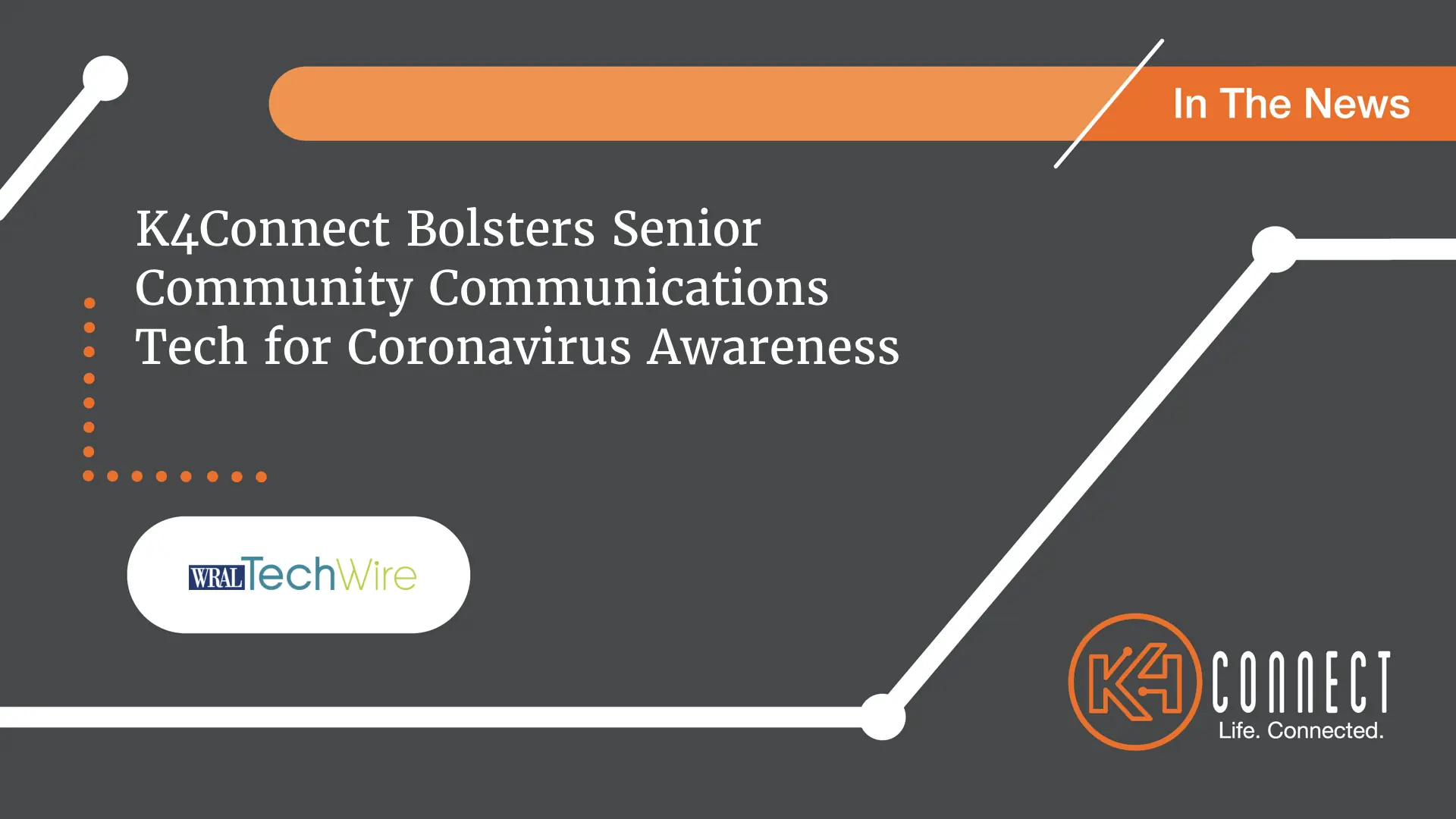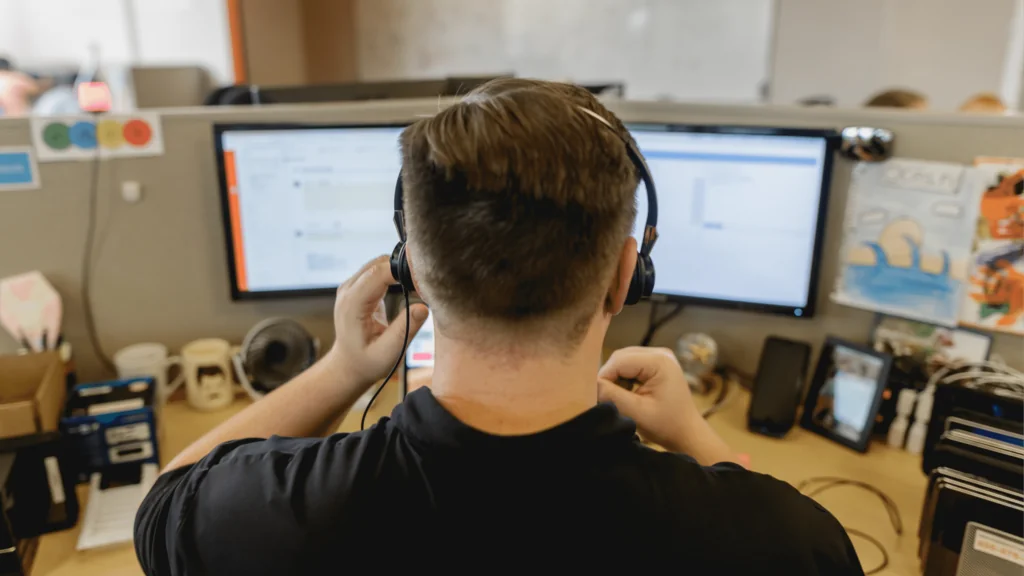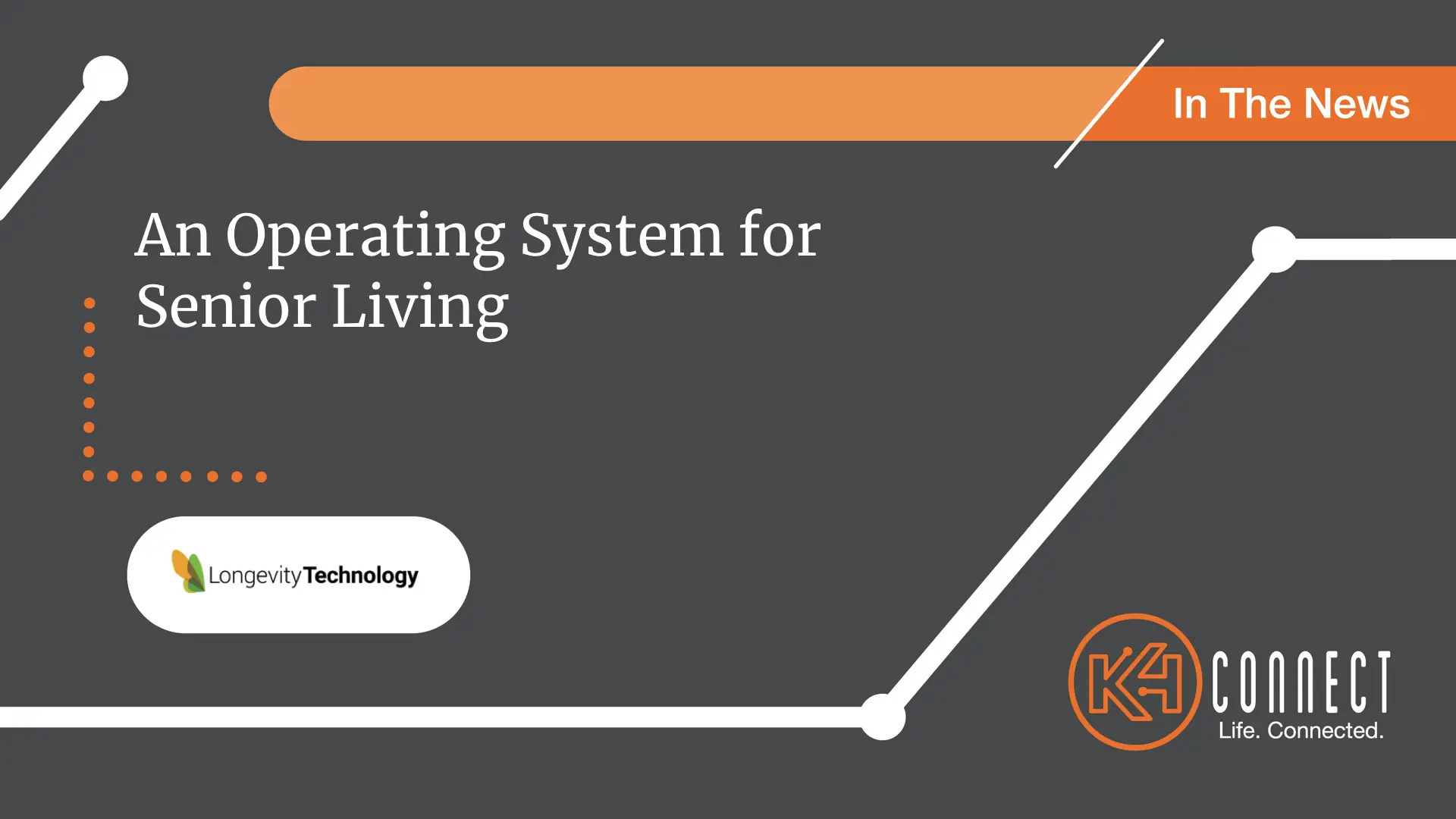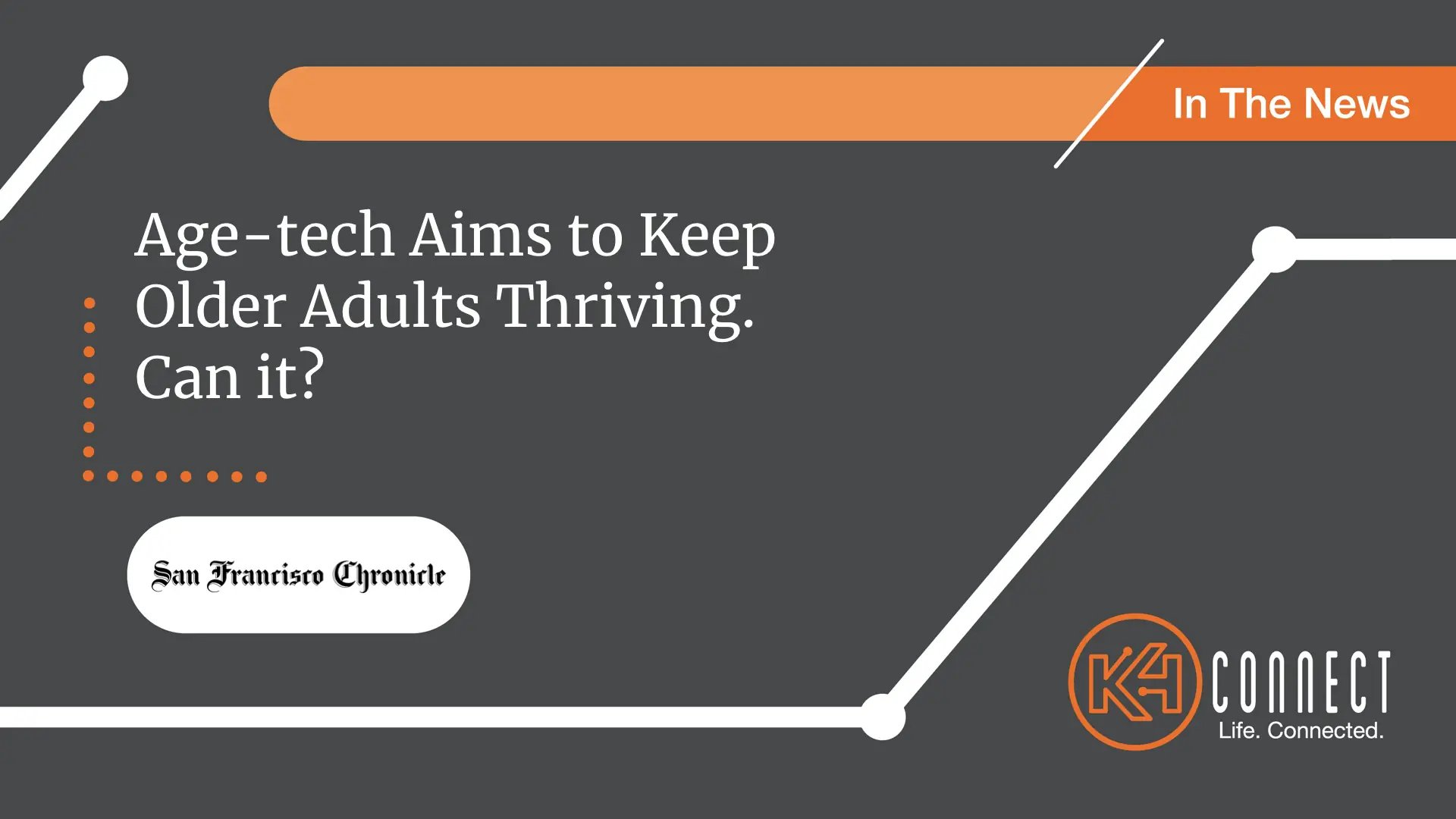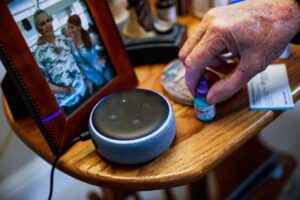At California senior living centers run by the nonprofit Eskaton, technology use is up among seniors looking to fend off loneliness. Their changing habits shed new light on why some tools like voice assistants are more useful than others.
By: Stephanie Condon
April 17, 2020
At the Eskaton assisted living communities across Northern California, residents and staff are doing their best to create a shared sense of hope and solidarity through the COVID-19 pandemic.
To keep residents safe, communal rooms are closed for activities, but hallway happy hours have become a common occurrence. Residents must eat their meals in their own apartments, but the staff has treated them with door-to-door candy deliveries. Visitors are no longer permitted on premises, but tools like messaging apps and videoconferencing are helping residents feel connected to their loved ones.
Across Eskaton’s more than 30 communities, the nonprofit was “lucky to have a lot of the infrastructure in place, the tools available, for residents and family members to transition to new ways of communication,” Ten Brinke added.
Eight of Eskaton’s assisted living communities, serving a total of more than 400 residents, have deployed K4Community, a platform that delivers a range of tools and services for both residents and employees at senior living centers. Residents have used the platform in noticeably different ways since the COVID-19 outbreak first appeared in California, ten Brinke said. Over a 30-day period beginning in early March, residents actively using communications tools increased usage over 3X in comparison to the 30 days prior. The K4Community app also saw a 12 percent increase in usage from Eskaton residents’ family and friends.
The new habits residents are picking up underscore why some technologies have resonated with seniors in assisted living, while others fall flat. Tools like AI-powered voice assistants, ten Brinke said, provide a more inherently engaging platform for seniors looking for stronger connections to their communities.
“In terms of accessibility, it’s leveraging the skills that are most natural. Talking is really natural, and we all know how to do it,” ten Brinke said. And as you get better at using voice assistants like Amazon’s Alexa, “Alexa gets better understanding you. As you’re interfacing with her, she’s getting better, and it’s like you’re both learning together, so it’s encouraging you to continue using it.”
When Eskaton started rolling out Amazon Echo devices in residents’ rooms as part of the K4Community platform, it saw quick uptake — nearly 100 percent of residents in one community were regularly using the devices, ten Brinke said. Eskaton had planned to deploy Alexa at two additional communities this year and hastened the deployment in response to the pandemic. Residents are using the voice assistant to call family members, to keep up to speed with community news and just to hear jokes, among other things.
“The executive directors felt that it could be a tool to decrease and mitigate the risk of social isolation,” ten Brinke said.
By contrast, the messaging apps and teleconferencing tools available to Eskaton residents via K4Community held little interest for residents who couldn’t get their family members to log on — a factor that’s changing under the current circumstances.
“Unless we had sustained engagement from family members, it was hard to continue to give residents a reason to pick up that tablet every single day,” ten Brinke said. “A lot of communities discontinued using them because they didn’t see as high of adoption, but in this healthcare crisis, we’ve seen a huge increase in demand for tablets and connecting one-on-one with individuals.”
Videoconferencing has been a particular delight to seniors who were previously unfamiliar with digital communication tools, Ten Brinke said. “They can’t believe they’re seeing multiple family members at one time when historically that may not have been happening except during the holidays,” she said.
As seniors overcome the learning curve associated with new tools, “it’ll be interesting to see once visitation restrictions are lifted, if we’ll see that desire to continue connecting virtually,” ten Brinke said. “It’s been really neat for us to see that high level of family of engagement on a virtual level.”
